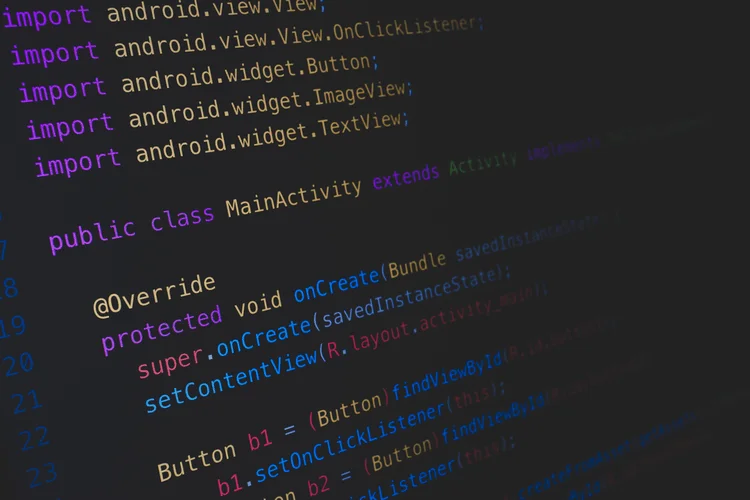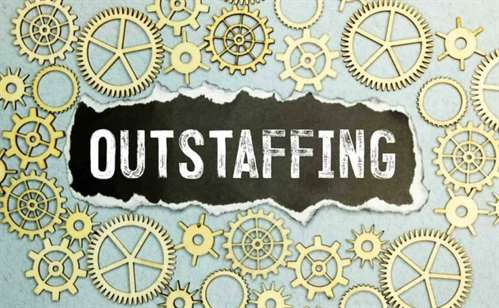For example, a building with a backup electrical generator will provide the same voltage to wall outlets even if the grid power fails. Even so, because the internet was designed with graceful degradation in mind, it can continue to function reasonably well against these attacks. Building for normal functioning obviously provides for a superior user experience, but it’s also generally more expensive. The goals for a specific application, then, might depend on what it’s used for. Mission-critical applications and systems will likely need to maintain normal functioning in all but the most dire of disasters, whereas it might make economic sense to allow less essential systems to degrade gracefully.
Graceful degradation Other fault tolerant systems will, in the face of certain faults, experience “graceful degradation” in performance. That is to say that the impact of a fault on the performance of the system will be in proportion to the severity of the fault. So a small fault will have a small impact https://www.globalcloudteam.com/ rather than a major impact or even cause the system as a whole to fail. A highly fault tolerant system will continue to work even when it experiences one or multiple severe faults. Fault tolerance systems are intrinsically available, but a highly available solution is not completely fault tolerant.
How Does Fault Tolerance Work?
The cost of a redundant restraint method like seat belts is quite low, both economically and in terms of weight and space, so we pass the third test. Other “supplemental restraint systems”, such as airbags, are more expensive and so pass that test by a smaller margin. A system that is designed to fail safe, or fail-secure, or fail gracefully, whether it functions at a reduced level or fails completely, does so in a way that protects people, property, or data from injury, damage, intrusion, or disclosure.

For instance, the Western Electric crossbar systems had failure rates of two hours per forty years, and therefore were highly fault resistant. But when a fault did occur they still stopped operating completely, and therefore were not fault tolerant. Even if the operator is aware of the fault, having a fault-tolerant system is likely to reduce the importance of repairing the fault. If the faults are not corrected, this will eventually lead to system failure, when the fault-tolerant component fails completely or when all redundant components have also failed. Another variation of this problem is when fault tolerance in one component prevents fault detection in a different component. For example, if component B performs some operation based on the output from component A, then fault tolerance in B can hide a problem with A.
Fault tolerance techniques
Making statements based on opinion; back them up with references or personal experience. Software Engineering Stack Exchange is a question and answer site for professionals, academics, and students working within the systems development life cycle. You can opt-out at any time.We promise not to sell, trade or use your email for spam. VPN Server Solutions Reduce IP and bandwidth costs Reseller Hosting Competitive costing and SLA PCI Compliant Hosting Meeting all industry standards MarTech and AdTech Drive the online economy. Dedicated Servers Completely customizable servers 10Gbps Unmetered Servers Unparalleled speed and bandwidth Legacy Collection Older CPUs at unbeatable prices Clearance Servers Popular and limited inventory.

WAI-ARIA landmarks are relatively new, though support for them in current browsers and assistive technologies is good. But, given some users will be using older technologies, at least for the short term, it is advisable to provide landmarks as an enhancement and continue using bypass links to ensure there is always a way to navigate effectively through web content. This was made possible through the implementation of a highly fault-tolerant network of active and backup virtual private networks . The solutions deployed included classic FortiGate network security features, failover from a primary to backup wide-area network , failover between data centers, and many more. Fault-tolerant systems require organizations to have multiple versions of system components to ensure redundancy, extra equipment like backup generators, and additional hardware.
Components of a Fault tolerance System
Your product by definition is so dependent on scripting that it makes more sense to maintain a “basic” version rather than enhancing one . The product you have is an edge case, for example very high traffic sites where every millisecond of performance means a difference of millions of dollars. You retrofit an old product and you don’t have the time, access or insight to change or replace it.

Traditional artificial intelligence is based on a computer metaphor of a central processing unit accessing memory via some sort of bus architecture. Anyone who has used a personal computer for some time understands just how fragile they are. One bit out of place in the computer’s operating system is enough to do the job. People would not have survived very long if the brain worked like a computer.
Why Use Graceful Degradation?
Within each region, the application is built with microservices that execute specific tasks, and these microservices are typically operated inside Kubernetes pods. This allows for much greater fault tolerance, since a new pod with a new instance can be started up whenever an existing pod encounters an error. These are not the only possible survival goals, of course, and fault tolerance is only one aspect of surviving outages and other disasters. Architects also need to consider factors such as RTO and RPO to minimize the negative impact when outages do occur.

In the event the primary PSU fails or suffers a fault, it can be removed from service and replaced by a redundant PSU, which takes over system function and performance. In fault-tolerant computer systems, programs that are considered robust are designed to continue operation despite an error, fault tolerance definition exception, or invalid input, instead of crashing completely. Resilient networks continue to transmit data despite the failure of some links or nodes; resilient buildings and infrastructure are likewise expected to prevent complete failure in situations like earthquakes, floods, or collisions.
An example of graceful degradation versus progressive enhancement
In the case of the tire, an air pressure monitor detects the loss of pressure and notifies the driver. The alternative is a “manual fault-detection system”, such as manually inspecting all tires at each stop. No single point of failure – If a system experiences a failure, it must continue to operate without interruption during the repair process. Some components, like the drive shaft in a car, are not likely to fail, so no fault tolerance is needed. The reason for taking this proactive approach is that we cannot assume visitors will be equally proactive.
- The U.S. military championed this effort and was joined by universities that wanted a way to carry out reliable and fault-tolerant communications between geographically distributed computers.
- An application outage of just a few minutes, for example, could be enough to scare millions of customers away from a bank.
- That is because, among other reasons, they usually require multiple versions of the same components to provide redundancy.
- If the faults are not corrected, this will eventually lead to system failure, when the fault-tolerant component fails completely or when all redundant components have also failed.
- Another variation of this problem is when fault tolerance in one component prevents fault detection in a different component.
- For these professionals, and students as well, cross-disciplinary study is a given.
This means the system sees no change in performance metrics like throughput or response time. But a design philosophy that emphasizes continual adaptation for utility and safety is an important component of genuinely user-centered (rather than device- or organization-centered) experience design. Failure-oblivious computing is a technique that enables computer programs to continue executing despite errors.
Elements of Fault Tolerant Systems
In such scenarios we come across Graceful degradation which emulates that we build for the best available but we also have a fail safe for those who have not upgraded or their system might not support. Applications that have a “degraded” mode generally offer access to a limited set of features due to an internal or external problem. For example, imagine that your application connects to two different data sources.


